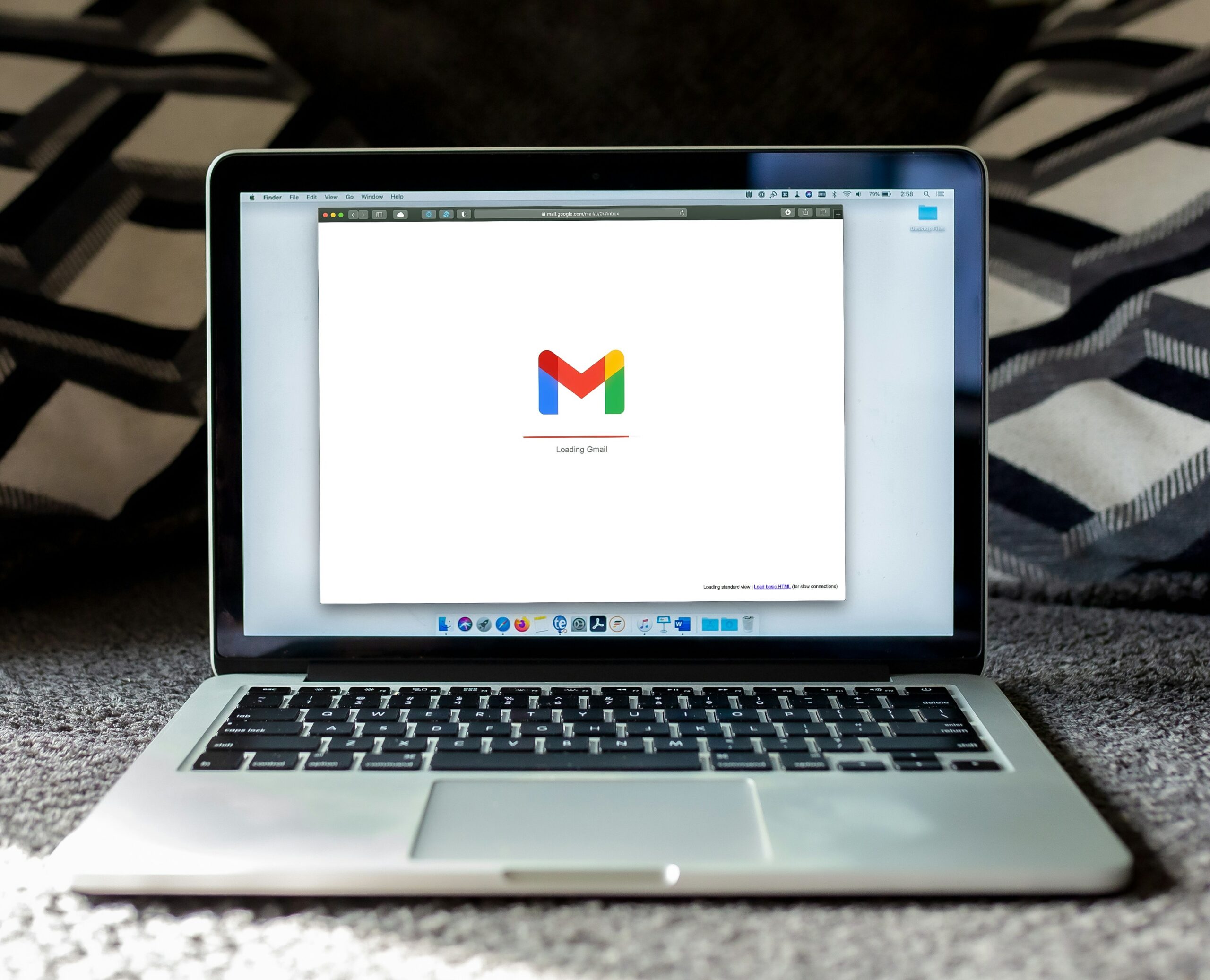Especially after the COVID-19 global pandemic, conversations around allocating spend and budget on paid media in the midst of an economic downturn have increased. Even though cutting marketing budgets in moments of crisis can be knee-jerk reactions from some B2B marketers, others see it as an opportunity for B2B tech companies to increase, or at least maintain, budget and capitalize on a changing market.
Ultimately, the goal of paid media is to drive your brand awareness, increase engagement, and generate more leads, and the signs of a downturn doesn’t have to also be a stop sign for advertising.
6 Steps to Optimize Paid Media Spending
When facing or even anticipating an economic downturn, B2B tech companies should aim to create a paid media strategy that continuously drives revenue. The best way to not only maintain, but also optimize, your paid media spending is to first clearly define your goals as B2B marketers and to understand your target audience inside and out. Next, prioritize the appropriate media channels and when in doubt, refer to the hard data. And finally, take advantage of your competition’s hesitation, and experiment with and evaluate your content.
Let’s dive into these six steps a little further:
1. Clearly Define Your Objectives
Before investing in paid media, or any advertising, it is critical for any B2B company to define and outline their objectives and business goals within the scope of marketing. Examples of broad goals to have are increasing brand awareness, generating leads, or driving sales. The more specific the goals are, the more measurable and actionable they are to accomplish. So instead of a goal being “increase brand awareness,” define it better as “increase branded social media following engagement by 30%.” And instead of “driving sales,” a tighter objective can be “close deals 0.75x faster in Q4 than in Q3.”
2. Understand Your Target Audience
To be confident in the budget you allocate to paid media, even in times of an economic boom, you must have a good understanding of your audience and thus confidence in their willingness to engage with your brand. The best way to understand your audience is to build an ideal customer profile (ICP) that summarizes the average customer’s pain points, needs, and preferences. B2B marketers will strategically use this profile to influence compelling campaigns that directly resonate with the audience.
RELATED RESOURCE: The State of B2B Media Buying in 2023
Join Jason Gladu of Avani Media and Kristy Ayala of Tanium to explore the state of paid media in B2B. Watch the video.
3. Prioritize the Right Media Channels
A simple way to optimize your paid media during a slump is to reorient focus on the media channels your target audience engages with the most. Your audience might frequent Meta channels, LinkedIn, Twitter, or industry-specific publications. Prioritizing media channels like this doesn’t require a direct adjustment to your budget. Instead, it’s recalibrating an existing strategy.
4. Refer to Data
When in doubt, refer to your data. This is a tangible tool to inform your approach to paid media. The most popular data points and metrics to highlight are website traffic, social media clicks, lead form responses, and overall conversion rates. The paid media tools within your martech stack should host a range of data visualization functionality.
5. Experiment with Content
Commanding the advertising space when your competitors are limiting their own paid media spend can allow a degree of freedom and experimentation when it comes to the content and ad formats you use. B2B marketers can experiment with ad formats, like display ads, video ads, and sponsored content. There’s also the opportunity to A/B test new content and design elements. This can help the marketers better understand and identify the most effective formats of content.
6. Regularly Evaluate Spending
It’s always best practice to revisit your budgets on a regular basis. This can be quarterly, semi annually, or at the top of each year. In moments of economic uncertainty, dedicate time to check in with your paid media spend even more frequently. Evaluate your spending by both monitoring data and metrics that represent the success of the campaigns as well as having more conceptual conversations about the budget.
RELATED ARTICLE: Finding the Right Mix of Earned, Owned and Paid Media
Following these steps and implementing these practices into your paid marketing campaigns and strategies will ensure you’re getting the most bang for your buck, especially when an economic downturn is on the horizon. This, along with tracking the campaigns and spend of your competition can set your own paid media advertising up for success.
Top 3 Paid Media Tools for B2B Marketers
Monitoring you and your competitors’ paid media campaigns is crucial when maintaining paid media spend or reevaluating your budget. Luckily, there are tools and software available to help B2B marketers do just that. The core features these tools typically offer include search ranking monitoring, and keyword and performance tracking.
The most popular paid media tools include the following:
- SemRush: A popular digital marketing and SEO tool that offers competitive research and tracking capabilities. Visualize your competitors’ paid search and display ad campaigns, as well as their organic search performance and backlinks. (Seven-day free trial available.)
- AdBeat: A competitive intelligence tool that offers measurable insights into the online advertising strategies of your competitors. Track your competitors’ display and mobile ad campaigns and view their ad copy, landing pages, and targeting. (Live demo available.)
- SpyFu: Another competitive intelligence tool that provides insights into competitors’ paid search strategies. Monitor your competitors’ paid search campaigns and track changes in their search rankings. (Thirty-day money back guarantee)
B2B marketers are able to access valuable data and insight into their paid media campaigns as well as their competition with tools like SemRush, AdBeat, and SpyFu. This list, on top of your own research, is a great jumping off point for any marketer looking to optimize their paid media campaigns with a specialized software added to their martech stack. Consider trying free trials or request demos to test these tools for yourself.
3 Benefits of Maintaining Paid Media Spend
Choosing to maintain your paid media spend in an economic downturn can seem like a daunting decision, but it doesn’t need to be. There are tangible benefits B2B marketers can see from paid media and that includes diverse outreach channels, centralized lead targeting, and fast results.
Multi-Channel Engagement
Effective paid media strategies typically involve a focus on targeting leads through multiple different channels. This can be your website, social media, or online ad campaigns. The more channels you utilize in your paid media marketing, the larger of an audience you will reach.
Centralized Lead Targeting
Better strategize and target your ideal customer more intently than traditional advertising methods can with paid media spend. B2B marketers can target customers based on their demographics, firmographics, or their purchase history; which are all definable factors in an ideal customer profile. This way, you’re not only reaching a lot of people, but you’re also reaching the right people.
Fast Results
Paid media undoubtedly helps B2B marketers generate buzz around their product or service swiftly. Compared to organic marketing, paid advertising can quickly increase your brand awareness and eventual sales. This way, you’re seeing the results you’re after at a speed that’s almost instantaneous.
These are only a few of the benefits you can see as a result of maintaining paid media strategies, even during a downturn. This is especially true when your competition starts pumping the brakes on their paid advertising, since you’re able capitalize on their absence in the online advertising space.
Looking Forward: Paid Media in Downturns
Being in the B2B market at the head of an economic recession or downturn can be intimidating since that can dramatically impact the price and profitability of paid media. The effects of any given downturn undoubtedly bleed into specific industries and general market conditions. The general rule of thumb is that in moments of stagnation, companies decrease or cut entirely the budget allocated for paid media. But that doesn’t need to always be the case.
Ultimately, the response marketers have to an economic downturn in regards to paid media pricing and profitability in the B2B market is complex and can depend on many factors. Along with the six steps we’ve listed above to optimize your paid media strategy, like defining clear objectives, closely monitoring market conditions, and regularly evaluating spending, the addition of a paid media tool can help streamline that process.





